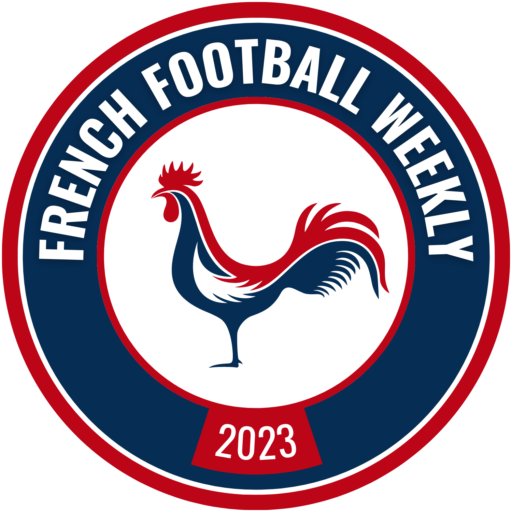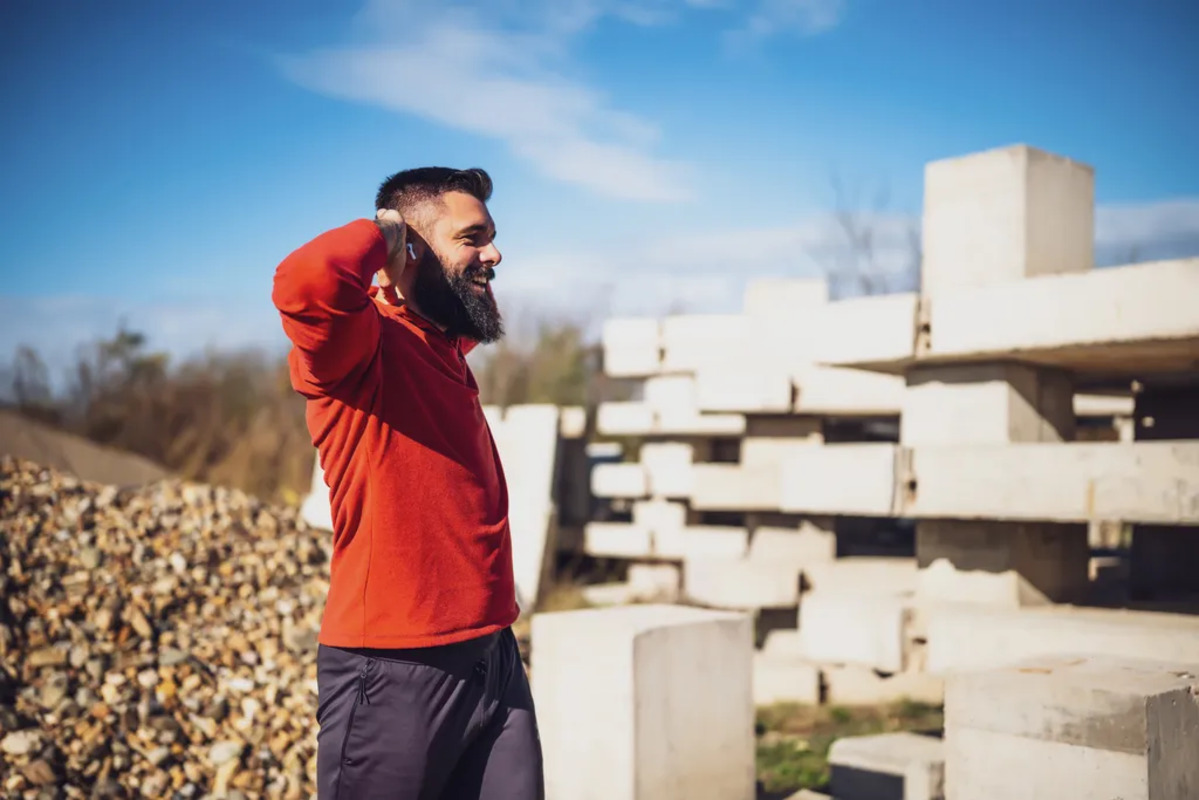If you’re dedicated to strength training, you’ve likely experienced the deep, aching sensation that creeps in a day or two after a tough workout—also known as delayed-onset muscle soreness, or DOMS. It’s something that even seasoned athletes can’t escape after pushing their limits. But what if I told you that the best way to ease that soreness is not by resting but by staying active?
Why You Should Keep Moving, Even When You’re Sore
It might sound counterintuitive, but according to Helen O’Leary, a physiotherapist and clinical director at Complete Pilates, the most effective way to alleviate DOMS is to keep your body moving. “It may feel tempting to lie on the couch and wait for the soreness to pass,” she says, “but light exercise can actually help speed up the recovery process.”
This is because movement increases blood flow to the sore muscles, delivering the oxygen and nutrients they need to repair and rebuild. Additionally, staying active helps remove some of the inflammatory molecules released by muscle cells after they’ve been stressed by exercise, which can further reduce soreness and aid recovery.
Active Recovery: The Best Approach for Muscle Relief
Instead of taking a complete break after an intense workout, try incorporating some light exercises like yoga or Pilates. These activities not only reduce the discomfort of DOMS but also encourage your muscles to recover more effectively. The pain relief might be temporary, but the benefits to your recovery are lasting.
O’Leary also suggests planning your workouts with potential DOMS in mind. “If you know that a particular session is going to leave you sore, consider scheduling in alternative exercises or focusing on different muscle groups the next day,” she advises. This approach allows the sore muscles to rest while you still get in a quality workout.
Tools for Temporary Relief: Foam Rollers and Massage Guns
While active recovery is key, tools like foam rollers and massage guns can provide temporary relief from soreness. These tools help to massage the muscles, improving blood flow and easing tightness. However, O’Leary emphasizes that while these methods can make you feel better in the short term, they should complement rather than replace movement. The benefits of incorporating regular, gentle exercise far outweigh those of passive recovery alone.

